Stem Cell
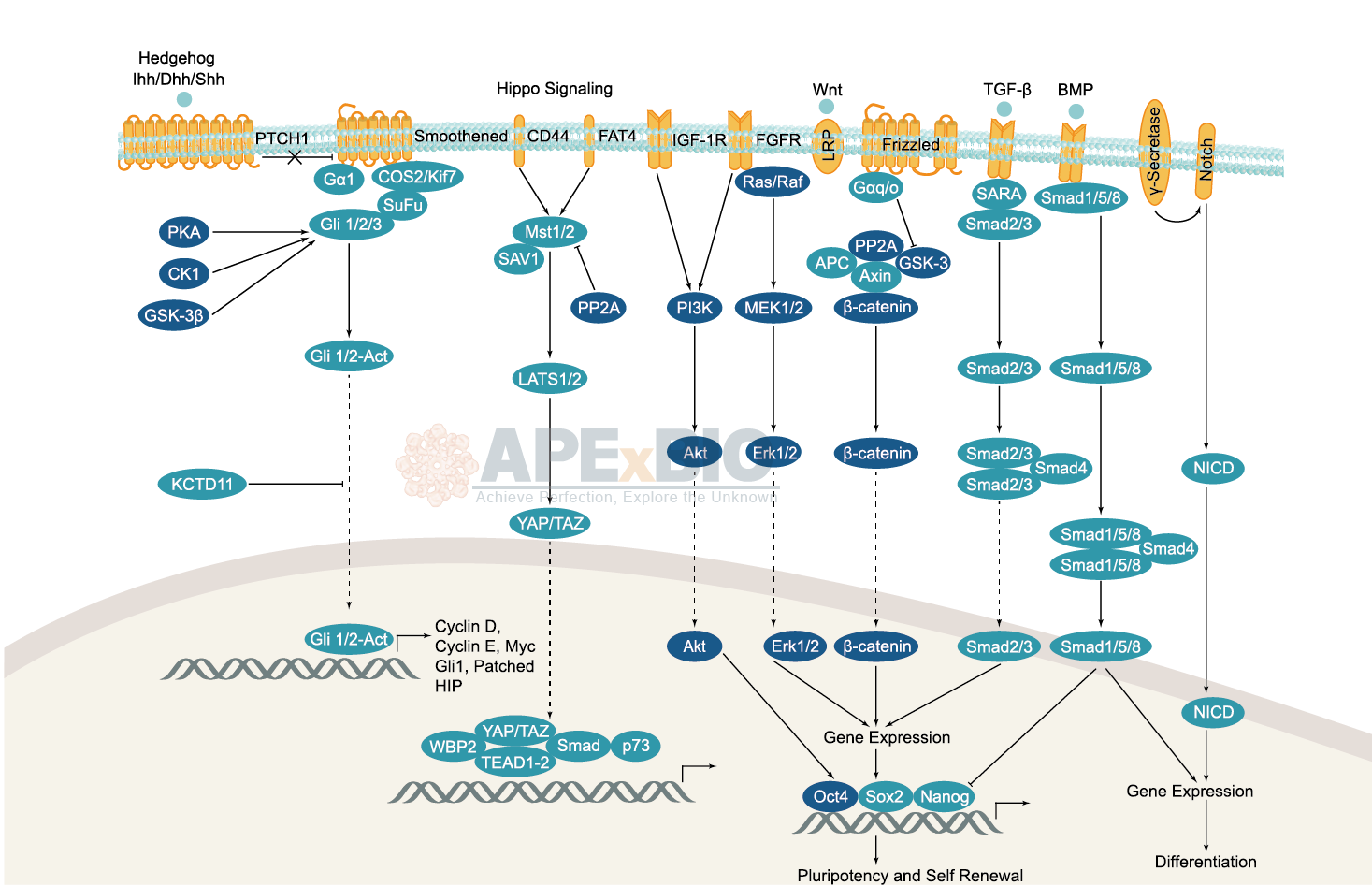
In ESC, BMP/TGF-β signaling pathway plays a key role in maintaining pluripotency and self-renewal. It signals through Smad proteins, and the FGF signaling pathway, which activates the MAPK and Akt pathways. The Wnt signaling pathway also promotes pluripotency. OCT-4, SOX2, and NANOG are three main transcription factors that are expressed and activated by these pathways. Induced pluripotent stem cells (iPSC) are pluripotent cells that can be generated from differentiated cells with forced expression of specific reprogramming factors. Both ESC and iPSC can be induced to develop into distinct cell types that associated with three primary germ layers: ectoderm, mesoderm and endoderm. Signaling pathways that control the development of these cell lineages, including BMP/TGF-β, Notch, Wnt/β-catenin, Hedgehog and Hippo pathways, which regulate cell division, growth and differentiation. Defects in stem cell signaling are related to developmental disorders and cancer.
-
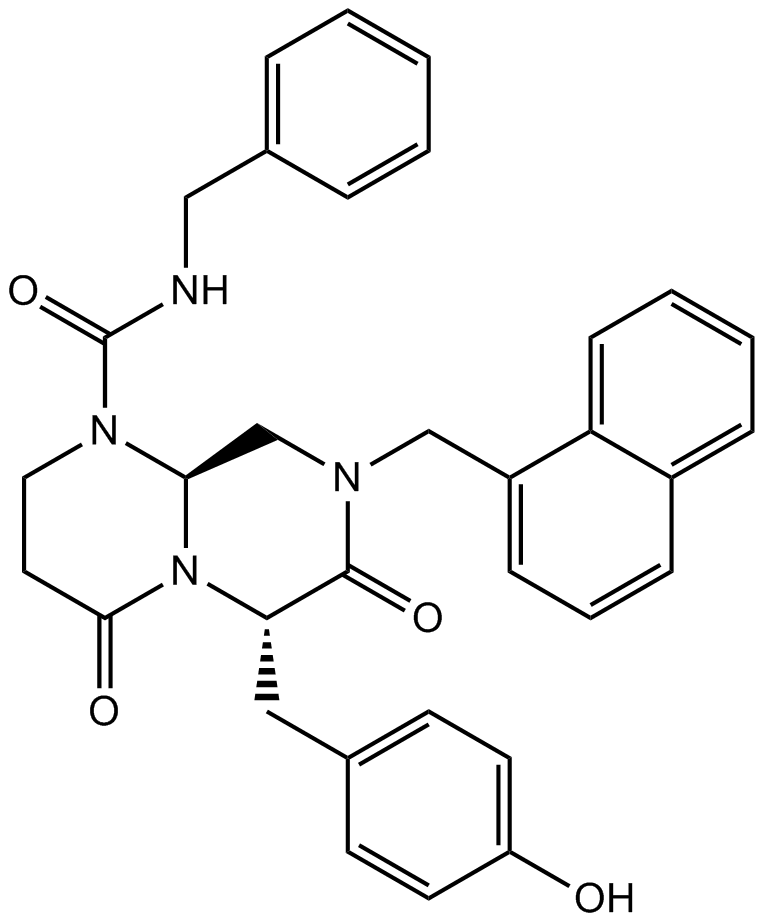 A8217 ICG 0011 CitationSummary: Wnt/β-catenin pathway inhibitor
A8217 ICG 0011 CitationSummary: Wnt/β-catenin pathway inhibitor -
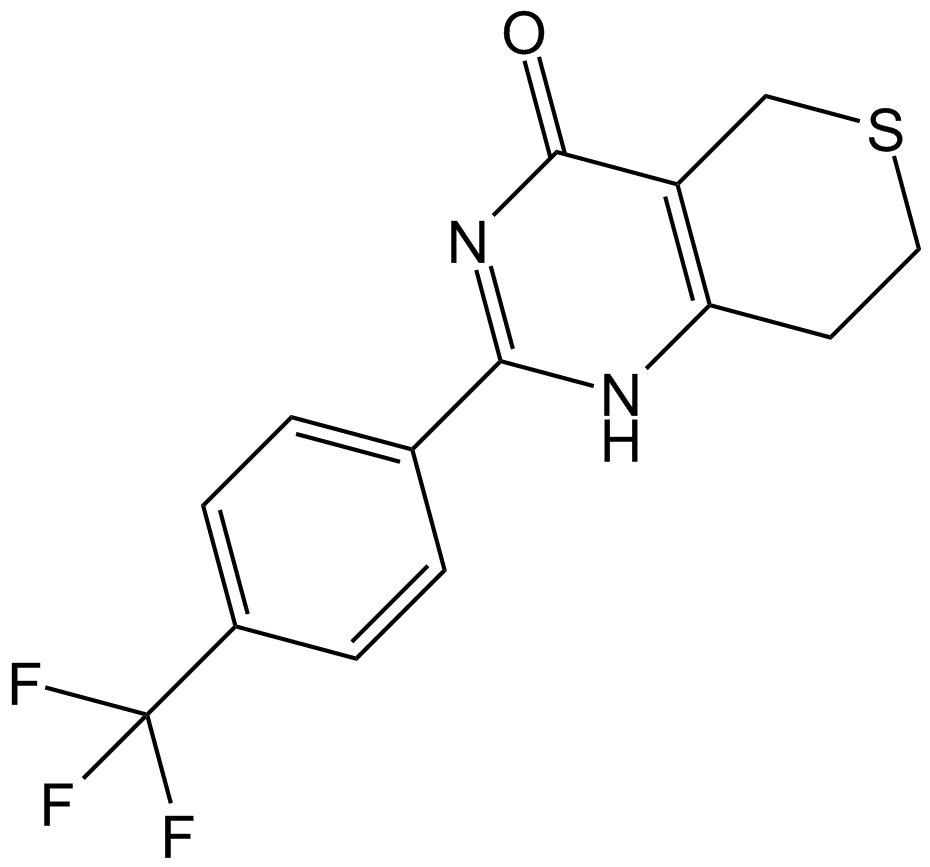 A1877 XAV-9391 CitationTarget: TNKSSummary: Tankyrase 1/2 inhibitor
A1877 XAV-9391 CitationTarget: TNKSSummary: Tankyrase 1/2 inhibitor -
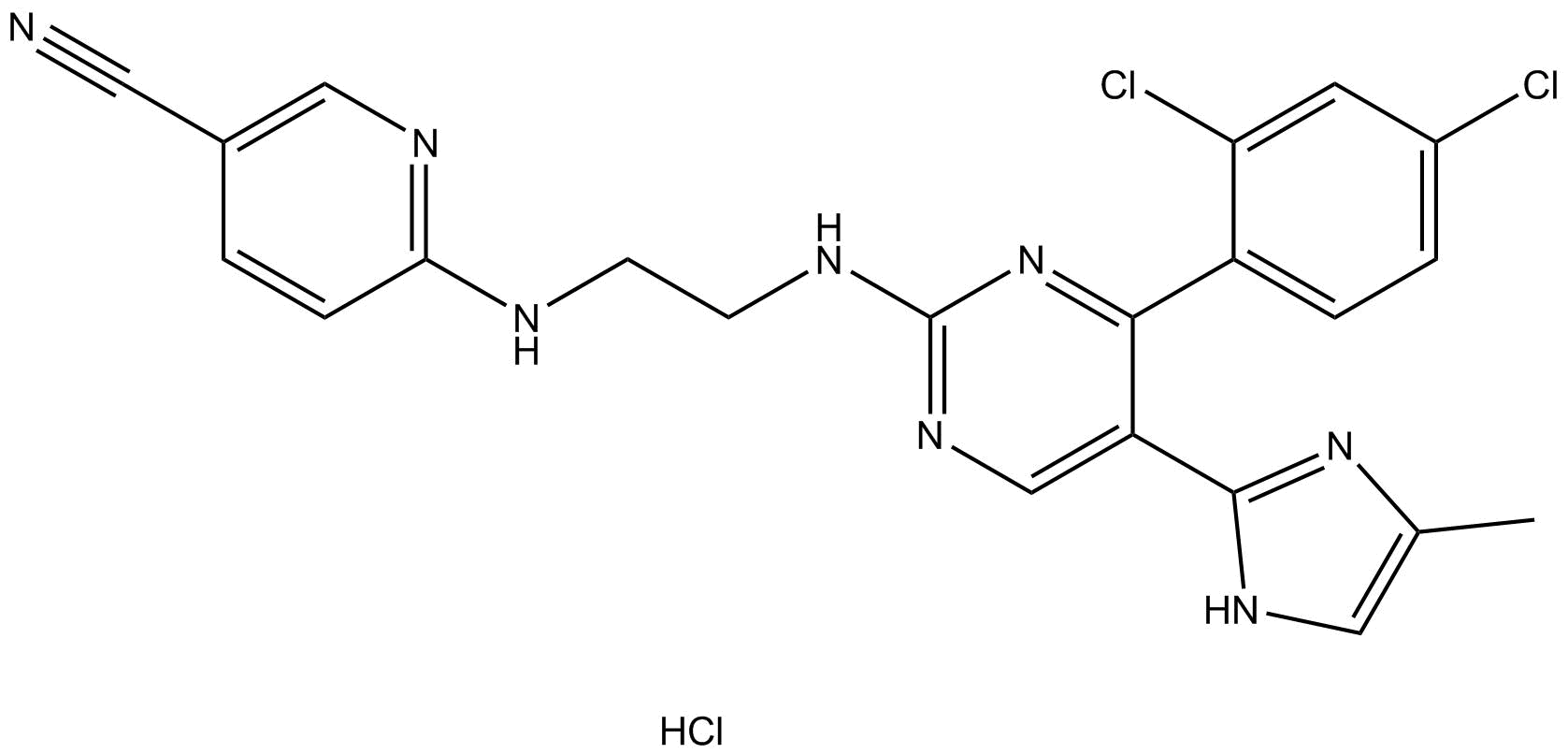 A8396 CHIR-99021 (CT99021) HClTarget: GSK-3Summary: GSK-3α/β inhibitor
A8396 CHIR-99021 (CT99021) HClTarget: GSK-3Summary: GSK-3α/β inhibitor -
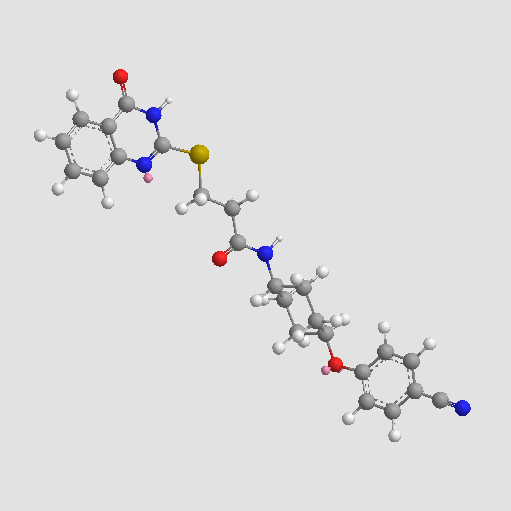 A8601 Tankyrase Inhibitors (TNKS) 49Target: TankyrasesSummary: Tankyrase inhibitor
A8601 Tankyrase Inhibitors (TNKS) 49Target: TankyrasesSummary: Tankyrase inhibitor -
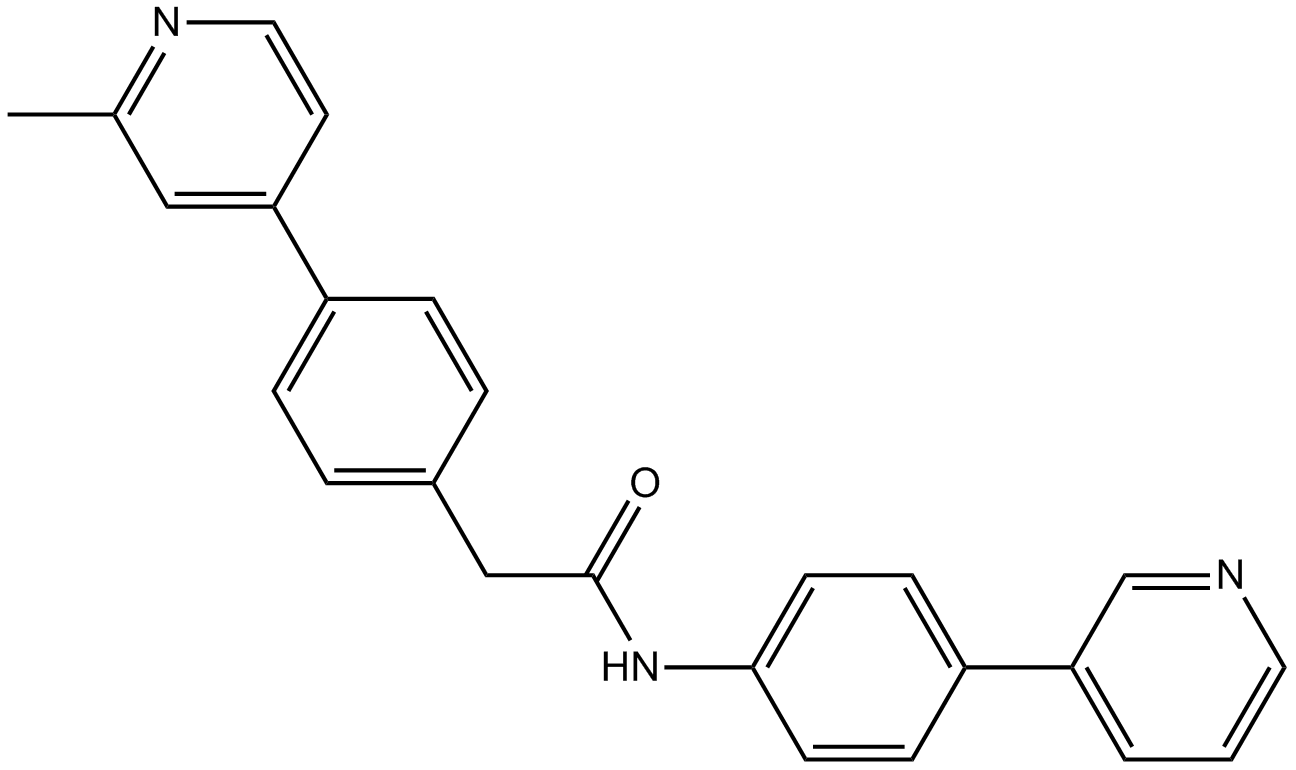 A8685 Wnt-C592 CitationTarget: PORCNSummary: PORCN inhibitor,highly potent and selective
A8685 Wnt-C592 CitationTarget: PORCNSummary: PORCN inhibitor,highly potent and selective -
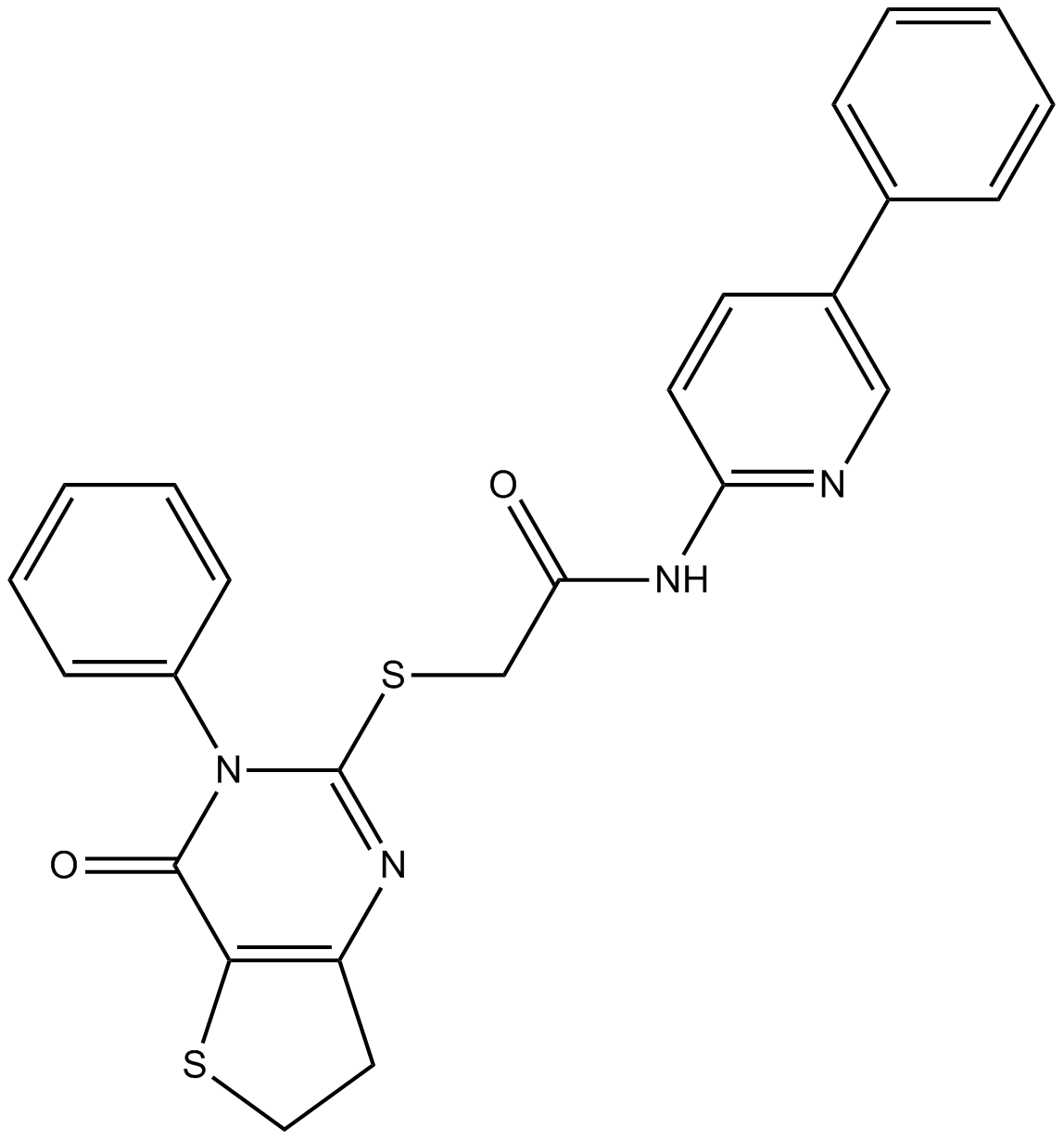 B2305 IWP-L6Summary: Porcupine inhibitor,highy potent
B2305 IWP-L6Summary: Porcupine inhibitor,highy potent -
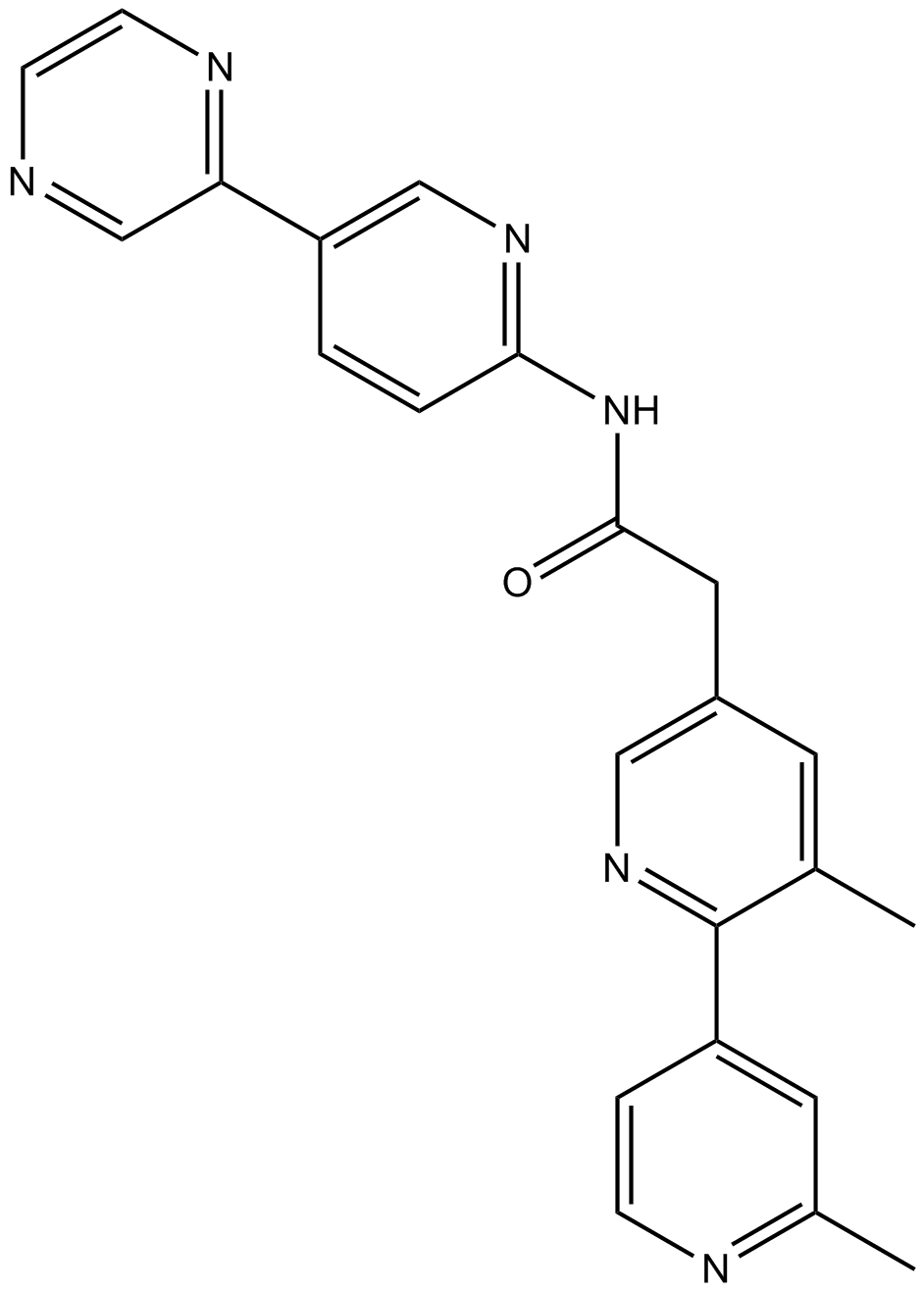 B2307 LGK-9741 CitationSummary: PORCN inhibitor,potent and specific
B2307 LGK-9741 CitationSummary: PORCN inhibitor,potent and specific -
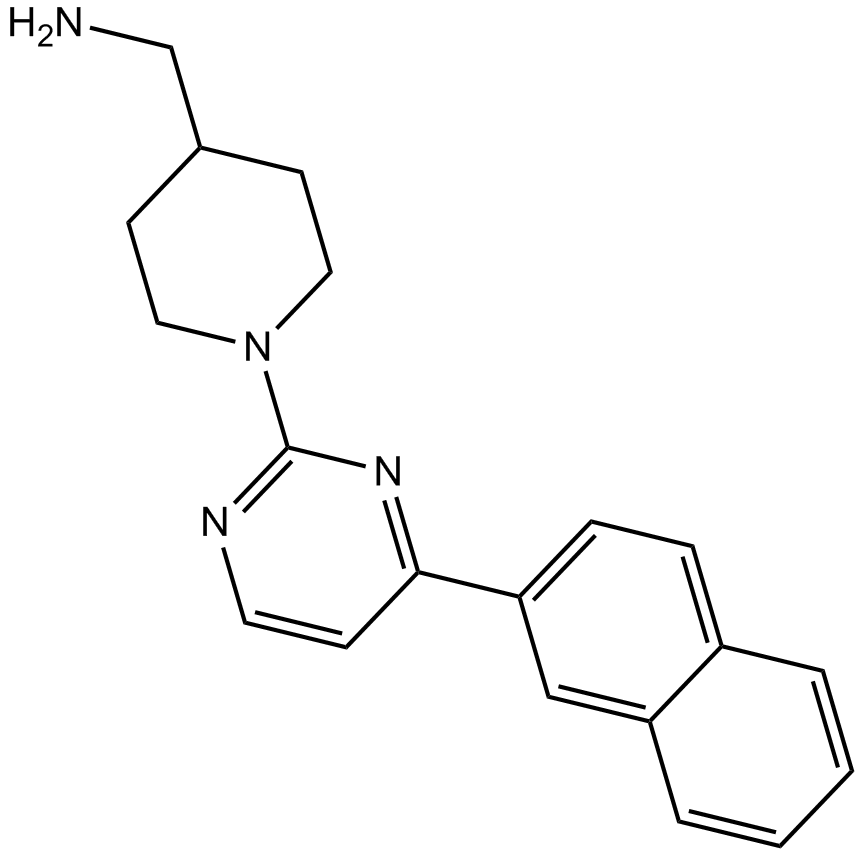 B4818 WAY-262611Summary: β-Catenin agonist
B4818 WAY-262611Summary: β-Catenin agonist -
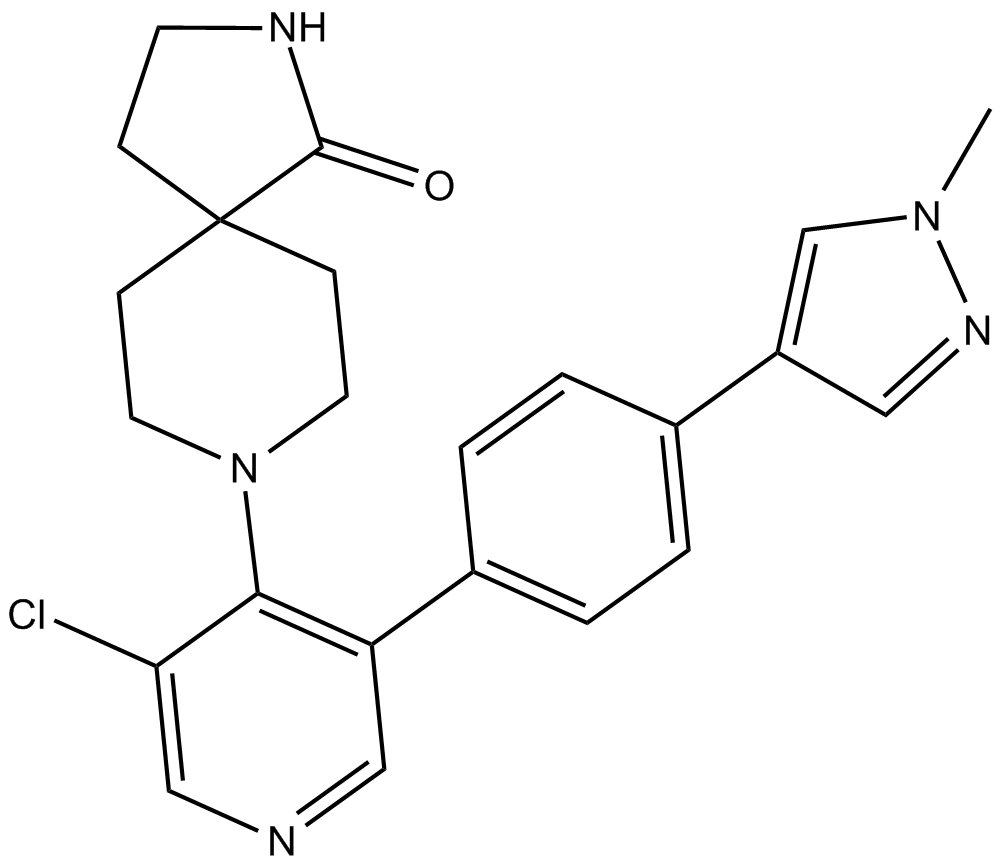 B5979 CCT251545Summary: Orally bioavailable and potent WNT signaling inhibitor
B5979 CCT251545Summary: Orally bioavailable and potent WNT signaling inhibitor -
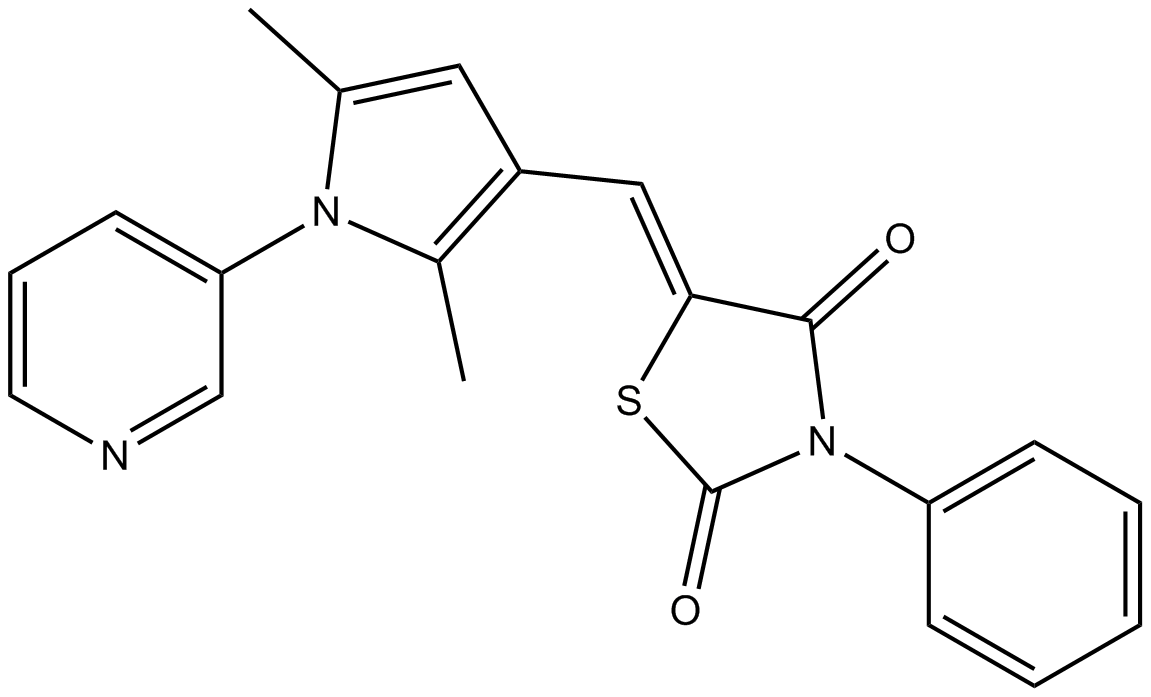 B4687 iCRT 14Summary: CRT inhibitor
B4687 iCRT 14Summary: CRT inhibitor

